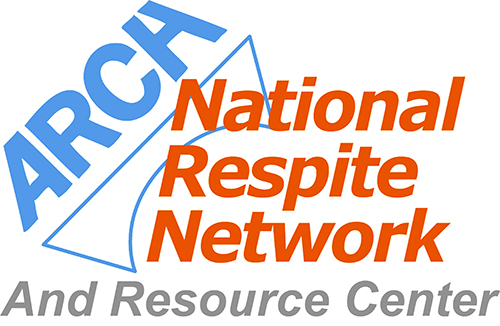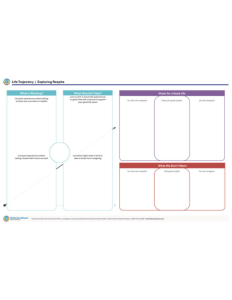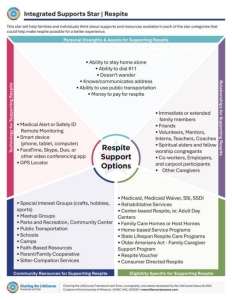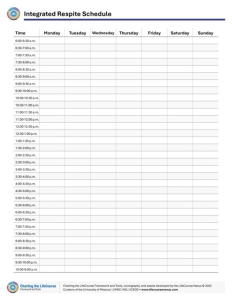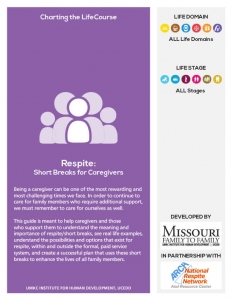Exploring the Life Domains
Respite
Short Breaks for Caregivers:
Being a caregiver can be one of the most rewarding and most challenging times we face. In order to continue to care for family members who require additional support, we must remember to care for ourselves as well.

